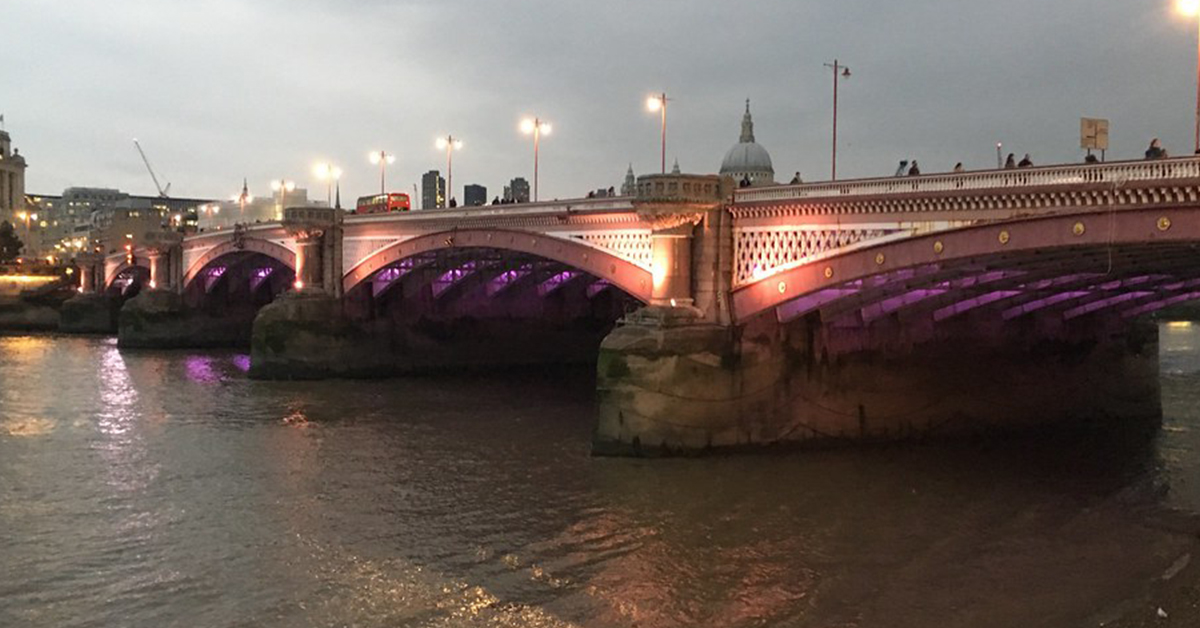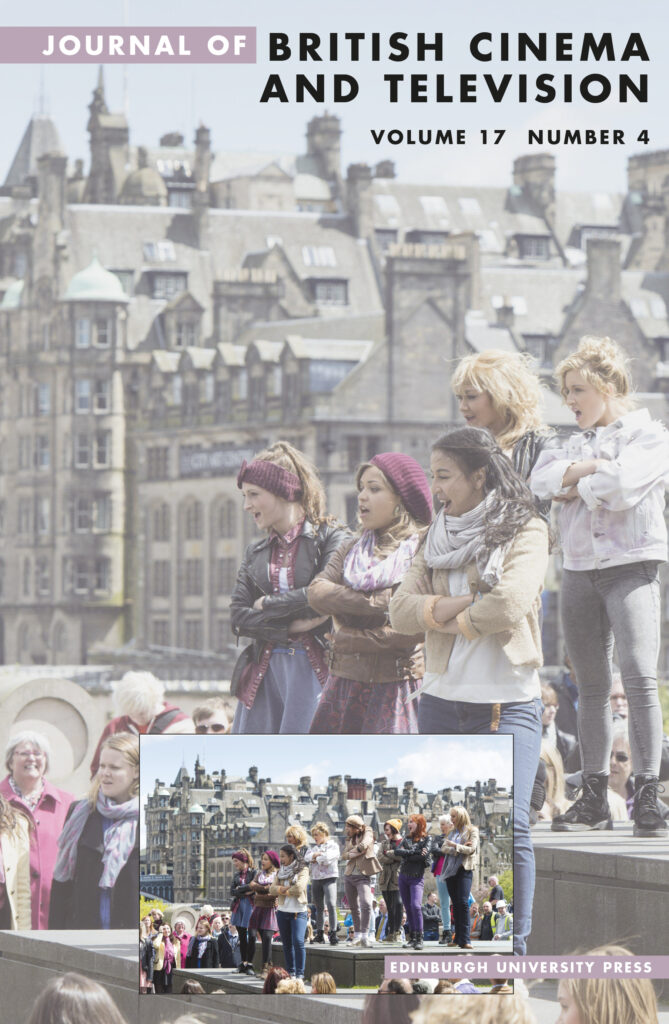
By Sean Cubitt
Catch up with Part One of this blog post.
Note from the editors of Journal of British Cinema and Television: Given the current state of culture war, the Journal of British Cinema and Television is extremely keen to encourage further discussion of the sort of topics covered in this blog post, which relate to British cinema and television’s role in helping to construct national identity, popular memory and so on. If we can generate sufficient material, the blog posts could be included in the ‘Current Debates’ section of the journal. This is an occasional feature, and is not refereed, so material can be published fairly rapidly. Ideally, pieces should not exceed 2,000 words. Find out how to submit an article.
All the faces we see appear to be European. Although London was riven by distrust and hatred of Irish, Jewish and German immigrants, we have no way of identifying these people’s ethnicity in the ways that were so meaningful to Paul’s contemporaries. Notable by their absence, there appear no members of the still small Chinese and Afro-Caribbean communities based respectively an hour’s walk away in Limehouse and two hours away on foot in Canning Town, where the Royal Docks had opened in 1855, and where much of the carted freight would have come from. If this is statistically unsurprising, the monoculture on the bridge is retrospectively shocking, given London’s role as world city, the port to which the trade of the world made its way. Around the utterly typical banality of the scene hurtles an empire of extreme violence. The bridge and everything on it, from the money that built it to the beaver hat and silk dress of the wealthy couple and the woollen suits of the poorer sorts, all the way to the news in the paper, depended on goods and labour extracted from London’s invisible colonised territories. The only visual clue to colonial labour is the equally sweated and inhuman labour of the carthorses.
As invisible as the colonies, as invisible as the lighters and ferries under or downstream (behind Paul’s camera) from the bridge, is the Thames itself. The tide of life bridges the tide flowing under it. The tidal river itself was already understood as what we now, brutally, call an ‘environmental service’, a self-replenishing element in a water-cycle permanently renewing itself. The river was not simply unshown and off-frame: it was discarded, no longer a thoroughfare for great sea-faring ships since the building of the deep-water commercial docks to the East from the start of the nineteenth century, but only for lighters bringing goods up to Town, and a few passenger ferries, themselves being replaced by the new underground railway beneath the Embankment. Under the arches of Blackfriars Bridge were forgotten mudflats where the poorest of the poor, mudlarks and scavengers, scoured the muck. Meanwhile the waste of this mighty city churned its way under the busy street towards discharge at Crossness and Becton, untreated until 1900, to be distributed on the high tide into the Channel and the North Sea along coasts like the one Birt Acres filmed for his Rough Sea at Dover, also from 1896. All this passes invisibly in Paul’s film.
What we can see is architecture fading into London’s legendary smog: an Anthropocene picturesque (Mirzoeff 2014). Not only the camera and the bridge in front of it – both made of iron that was once a hillside – but the very light that allows one to become visible to the other was as packed with particulate matter as it was with filtered Spring sunshine. Like the bridge, the film wants to haul itself out of the airborne and aqueous waste of the city, out of the mire of nature. But what may grip us now, as it almost certainly did not grip its first audiences, is the murk from which it strives to escape. We can share the camera’s fascination with the foreground figures in an imperial city of bustle and trade. Although like the Thames’s diurnal tides, the rush hours and slack periods might be reduced to statistical likelihoods, this precise configuration will never occur again, and although it is, we feel, a typical scene, it is also a record of an unrepeatable actuality of animals, carts, weather and Londoners.
Paul’s film shows a moment in the invention of cinema, a moment shared with the passing of a horse-drawn age, a moment when hitherto marvellous engineering becomes unnoticed infrastructure, an imperial city at the brink of its supreme moment. It shows us too the banality of the everyday at this crossroads of empire and technology. And it shrouds it all in the dawn of the Anthropocene: the conquest of cholera, for sure, but also of the forgotten river and the filthy air. Films are acts of appearing and disappearing, revealing and hiding. Bizarrely the Little Englander that Petley and Andrews pillory seems to be so in love with an idée fixe that he is unable to see the richness of the films in front of him.
This piece owes an immense debt to Ian Christie’s remarkable book Robert Paul and the Origins of British Cinema (2019) and its author’s generous advice in correspondence.
References
Christie, Ian (2019), Robert Paul and the Origins of British Cinema, Chicago IL: University of Chicago Press.
Mirzoeff, Nicholas (2014), ‘Visualizing the Anthropocene’, Public Culture, 26: 2, pp. 213-22.
The Journal of British Cinema and Television is indispensable for anyone seriously interested in British cinema and television. Themed issues alternate with general issues, and each issue contains a wide range of articles that encourage debate. Sign up for Table of Contents alerts, find out how to subscribe, or recommend to your library.






